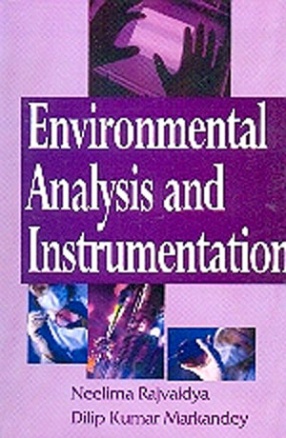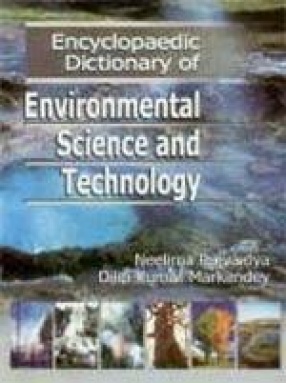Biotechnology as an art has been practiced for a long time in traditional activities such as fermentation and brewing. It has now emerged as a separate discipline, pointing to future revolutionary developments for the good of mankind. Spectacular advances that have taken place in the field of biotechnology in the last two decades have a profound impact on the socio-cultural scene, life-style, health care system, availability of food, employment opportunities, energy and clean environment. The promise of biotechnology offers hope to the most destitute people on the earth. Through its miracle we can conceive of winning the eternal struggle against hunger and disease. Biotechnology stands on the understanding of molecular basis of biological cell functions and the ability of mankind to alter cell functions to make it produce products required by society. New techniques available with biotechnology holds potentials for developing products and processes in various sectors of agricultures, horticulture, floriculture, forestry, animal husbandry, health care, energy generation and environmental protection. Virtually all types of human activity generate waste and this places a heavy burden on the environment. So far we have relied more upon the physical and chemical methods of pollution control. However, micro-organism are likely to prove as more suitable tools for pollution control due to their versatility and adaptability. In the field of environmental management biotechnology have helped in environmental monitoring, degradation of wastes, substitution of nonrenewable resource base with a renewable resource base, and production of eco-friendly products and processes. The application of biotechnologies with its risks that are difficult to define, much less to assess. The introduction of genetically engineered microbes can create new ecological niches and bring about large scale transformations in the structure and function of the ecosystem as a whole. There are many unknown risks and hazards associated with the accidental or deliberate release of self-propagating, genetically engineered novel forms of life into the biosphere. In the event of disastrous consequences, it is likely that people will be harmed who had little to gain from the use of biotechnology. The present book has been divided into five units. The first unit deal with the Biological Treatment of Waste Water describing the aerobic and the anaerobic processes of treatment in detail. The second unit on Bioremediation describes the processes of Bioremediation, types of Bioremediation and uses of Bioremediation in modern life. The third unit is on Metal Biotechnology. The fourth unit is on Biofuels describing the use of Methane (Biogas), hydrogen alcohols and algal hydrocarbons. The fifth unit is on Hazardous Waste Management. This explains the hazards of Wastes and describes the biotechnological control of hazardous waste.
Water: Characteristics and Properties
$38.70
$43.00








There are no reviews yet.